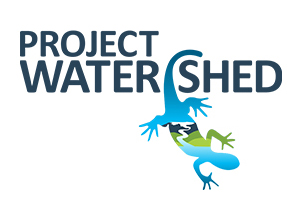[av_one_third first min_height=” vertical_alignment=” space=” custom_margin=” margin=’0px’ padding=’0px’ border=” border_color=” radius=’0px’ background_color=” src=” background_position=’top left’ background_repeat=’no-repeat’ animation=” mobile_display=”]
[av_image src=’https://projectwatershed.ca/wp-content/uploads/2018/09/ComputerwCVCFlogo-1030×1006.jpg’ attachment=’12362′ attachment_size=’large’ align=’center’ styling=” hover=” link=” target=” caption=” font_size=” appearance=” overlay_opacity=’0.4′ overlay_color=’#000000′ overlay_text_color=’#ffffff’ animation=’no-animation’ admin_preview_bg=”][/av_image]
[/av_one_third][av_two_third min_height=” vertical_alignment=” space=” custom_margin=” margin=’0px’ padding=’0px’ border=” border_color=” radius=’0px’ background_color=” src=” background_position=’top left’ background_repeat=’no-repeat’ animation=” mobile_display=”]
[av_textblock size=” font_color=” color=” admin_preview_bg=”]
Project Watershed thanks the Comox Valley Community Foundation, The Coastal Restoration Fund and My Tech Guys for our equipment upgrade. Prior to this staff had been working on 10 year old computer systems that had been hand-me-downs from other organisations. These systems were starting to breakdown and were not able to keep up with the state of the art software we were using for our restoration and mapping work. “Basic programs were beginning to crash my computer and tasks were taking long than necessary to complete,” reports Jennifer Sutherst, Project Watershed Staff Biologist, ” it was slowing us down and costing us money.”
Project Watershed receives the latest ESRI mapping software as an annual donation from ESRI and was recently donated $10,000 worth of photo-point monitoring software. We were advised that to take full advantage of this innovative software we would need to upgrade or install new solid state drives in some of our computers or acquire completely new systems that would be faster and more durable.
More about photo-point monitoring software
The grant allowed us to improve the support we provide to the public, our fellow tenants at the Conservation Centre, and the residents of the Comox Valley that benefit from the restoration work we carry out. The funds, matched by the Coastal Restoration Fund, allowed us to buy a new server to provide better faster service among the individual desktops at the Conservation Centre. The funds also allowed us to upgrade the mapping and estuary coordinators’ computers for better and faster access to mapping and other technical software. This allows us to provide better products to members of the public that want to use our mapping services and to better track our restoration work using the software that was donated to us for this purpose. The funds also allowed us to upgrade the remaining computers in the office to better support members of the public when they make requests to Project Watershed and to support our volunteers and their activities.
[/av_textblock]
[/av_two_third]

